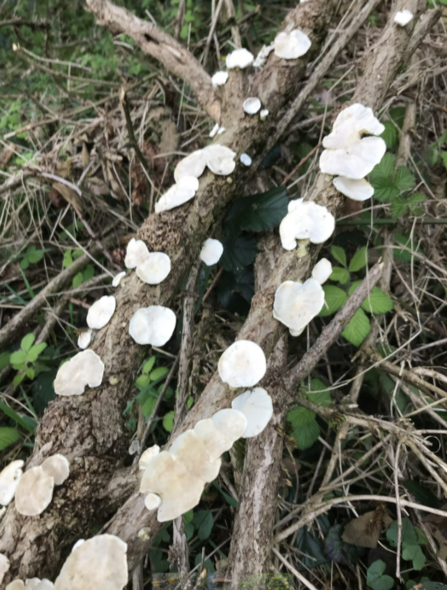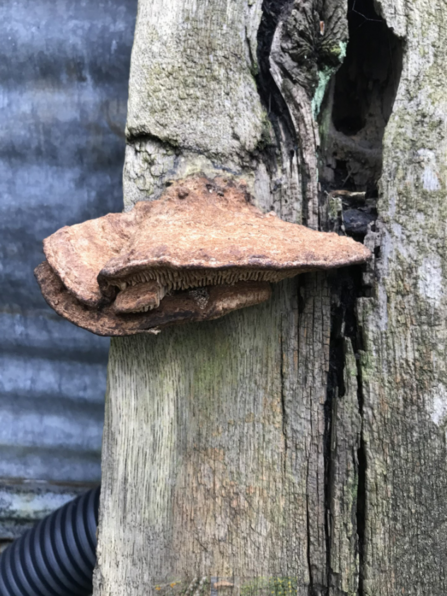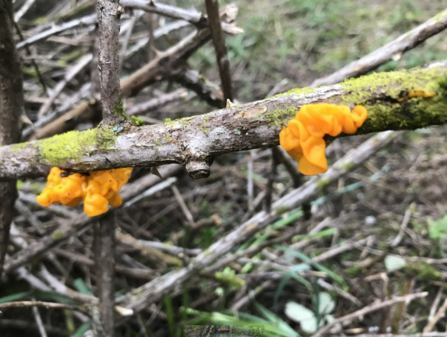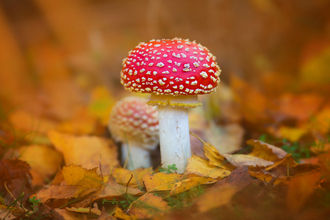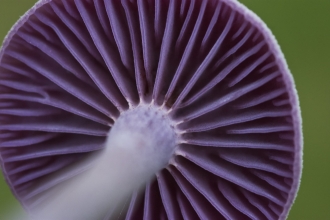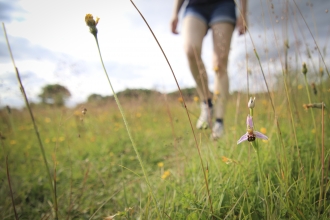Earlier in April, I decided to take advantage of one of the (very rare) dry days for a stroll around a small patch of land close to my home. This little slice of heaven has been very important to me over recent years.
In the 1970s, it was originally a small field grazed by sheep. It was then acquired by a small group of neighbours, and planted up with a mix of native and ornamental shrubs and trees. As time has gone on, wind and weather have taken their toll and nature has taken over. It is a mix of open and wooded space, and takes about 15 minutes to walk around in a bit of a circle.



